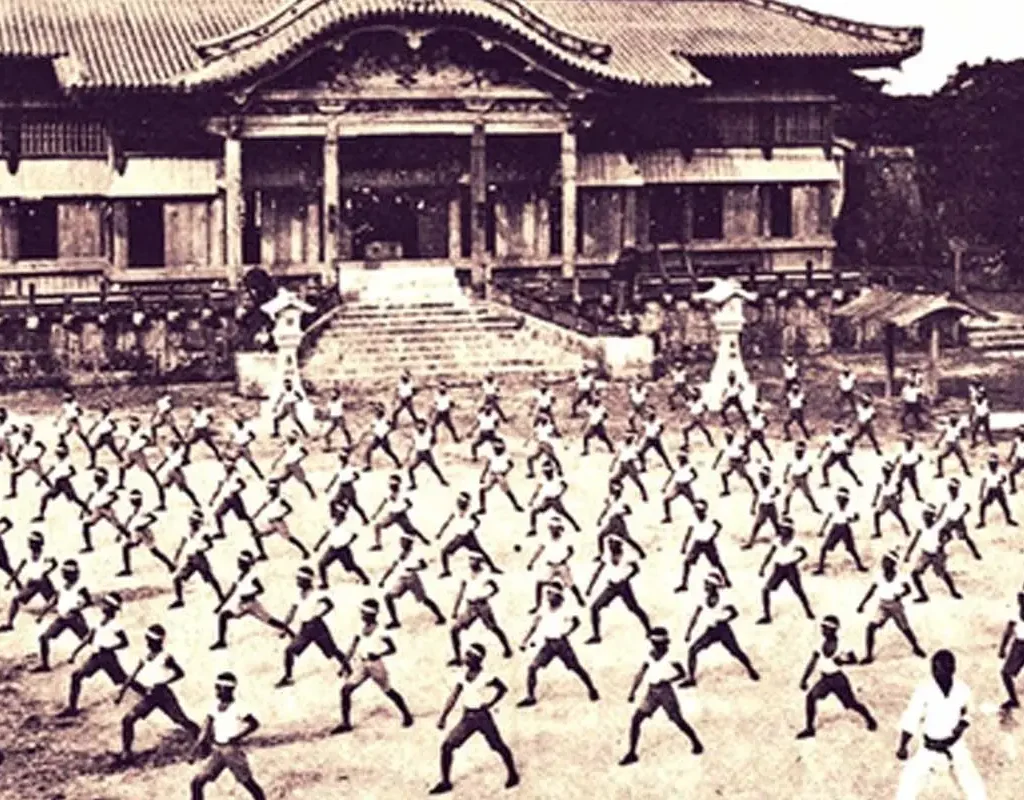About US

Taekwondo, a martial art with roots in Korea, has a rich and intricate history that spans centuries. Here’s a detailed overview:
Ancient Origins:
- Korean Peninsula:The origins of Taekwondo can be traced back to ancient Korea, where various forms of martial arts were practised as early as the 1st century BCE. Chinese martial arts and indigenous Korean fighting styles influenced these early martial arts.
- Three Kingdoms Period (57 BCE – 668 CE):During this era, martial arts were integral to military training and self-defence. Different kingdoms on the Korean Peninsula developed their own martial arts techniques.
Goguryeo, Silla, and Baekje Kingdoms:
- Goguryeo Kingdom:Known for its strong military tradition, Goguryeo contributed significantly to the development of Korean martial arts.
- Silla Kingdom:Silla’s Hwarang warriors played a crucial role in the evolution of Korean martial arts. The Hwarang were elite young men practising martial arts alongside scholarly and cultural pursuits. This era saw the development of early forms of Taekwondo techniques and philosophies.
- Unified Silla Kingdom:After the unification of the Korean Peninsula under the Silla Dynasty in 668 CE, martial arts flourished, with techniques becoming more refined and structured.
Goryeo Dynasty (918–1392):
- Buddhist Influence:During the Goryeo Dynasty, Buddhism significantly shaped martial arts, emphasising spiritual development alongside physical training. Martial arts practitioners began to incorporate philosophical principles into their training.
Joseon Dynasty (1392–1910):
- Confucian Influence:Confucianism became the dominant ideology during the Joseon Dynasty, leading to a decline in formal martial arts practice. However, martial arts still played a role in military training and self-defence.
- Subak:Subak, a precursor to Taekwondo, was a famous martial art during the Joseon Dynasty. It focused on striking, kicking, and grappling techniques.
Modern Era:
- Japanese Occupation (1910–1945):Under Japanese rule, Korean martial arts faced suppression, and Japanese martial arts like Karate and Judo were promoted instead.
- Post-World War II:After Japan’s surrender in 1945, Koreans sought to revive their martial arts heritage. Various martial arts schools emerged, combining traditional Korean techniques with influences from other martial arts.
- Formation of Taekwondo:In 1955, Korean martial artists established the Korea Taekwondo Association (KTA), unifying various styles called “Taekwondo.” This marked the formalisation of Taekwondo as a distinct martial art.
- International Recognition:Taekwondo gained international recognition in the 1960s and 1970s, forming international governing bodies and participating in global competitions.
- Olympic Recognition:Taekwondo was recognised as an Olympic sport in 1988 when it was included as a demonstration sport at the Seoul Olympics. It became a full-medal sport at the 2000 Sydney Olympics.
- Modernisation and Standardisation:Over the years, Taekwondo has undergone modernisation and standardisation, emphasising sportive aspects, forms (poomsae), and sparring (kyorugi) alongside traditional techniques and philosophies.
Today, Taekwondo is practised by millions worldwide, both as a sport and as a form of self-defence and personal development. It continues to evolve while retaining its deep-rooted traditions and cultural significance.
